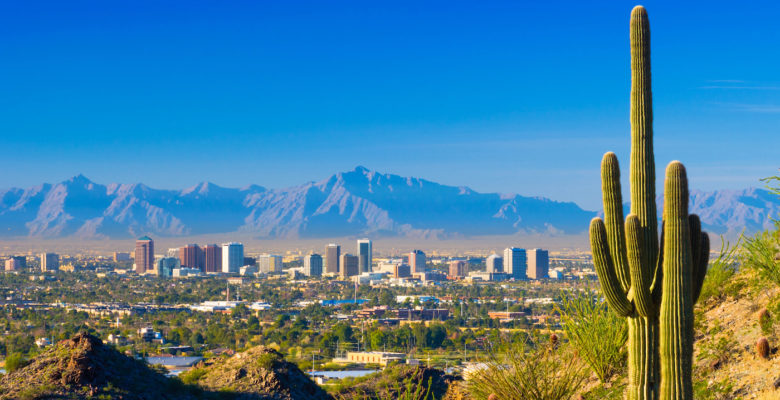

Real estate and land use professionals can address the challenges associated with drought and limited freshwater availability by giving priority to water conservation, efficiency, and reuse, according to a report by the Urban Land Institute (ULI). By adopting these objectives, the report argues, real estate practitioners can save money and generate long-term value for communities and the environment.
According to the U.S. Drought Monitor, the inadequate water situation extends across over half of the United States this year. The frequency, intensity, and duration of droughts are increasing, leading to myriad issues, including regional wildfires, and this pattern is expected to continue with climate change.
Water Wise: Strategies for Drought-Resilient Development, the latest report from the ULI Urban Resilience Program, highlights the challenges and opportunities associated with drought and limited freshwater availability and provides best practices for real estate and land use professionals to address them. The report focuses in particular on arid regions in the western United States.
Historically, practices that addressed drought focused on acquiring new sources of water through infrastructure like diversions and dams. Recently, there’s been a shift. Communities are recognizing that efficiency improvements and conservation are the most cost-effective and least environmentally damaging ways of meeting collective water needs. We hope this report will help the real estate industry work alongside communities to achieve that goal.
Marianne Eppig, the lead author of the report and Director of Resilience at the ULI Urban Resilience Program
The report details best practices for drought-resilient development, landscaping, and policymaking including:
- Pre-development strategies: Ways to plan ahead include water-smart site selection, water adequacy requirements, financing and underwriting water efficiency improvements, design, and construction strategies. Overall, compact, walkable, and water-efficient development accommodates growth without increasing the burden on the local water system.
- Indoor strategies: Indoor water use in the U.S. has decreased by a significant margin in the last two decades due to the increased efficiency of water fixtures and appliances, but there is still a long way to go to realize the full potential savings across development types.
- Outdoor strategies: Water-smart and drought-resilient landscaping includes everything from soil preparation and the selection of plants to the installation and maintenance of irrigation systems, green infrastructure, and permeable hardscapes.
- Ongoing property and water management strategies: A variety of developers have echoed that they could create the most water-efficient property in the world, but without appropriate operations and maintenance, that property will likely lose its water efficiency over time. Education of and communication with property owners, managers, tenants, and others is crucial for reducing the water footprint of real estate.
- Public policy strategies: Public officials at all levels of government increasingly recognize drought as a threat to their communities and are enacting drought-related policies to address water stress. This report recommends water and land use planning integration, water loss control, public demonstration projects for water innovation, collaboration across sectors, and more.
Water Wise also includes eight project profiles that highlight water-smart solutions, including:
- Apple: Apple leverages data to measure and monitor its water use and now garners an increasing share of its water from recycled sources.
- Civita in San Diego, CA: This urban village features water reuse, low-flow fixtures, smart meters, native plants, and water-efficient irrigation.
- Clarion Partners: Clarion hotels use low-flow fixtures and appliances that generate significant water and financial savings.
- Credit Human Federal Credit Union Building in San Antonio, TX: A combination of rainwater and condensate capture, storage, and reuse systems make this office building one of the most water-conscious developments in Texas.
- Denver Water Headquarters in Denver, CO: As Colorado’s largest water utility, DW aims to use the most appropriate source water for each water use, like rainwater for irrigation and toilet flushing, in addition to reducing as much water demand and discharge to the environment as possible through recovery and reuse.
- KB Home: Since this EPA-recognized homebuilding company operates in the most water-challenged regions of the United States, many of its home’s amenities are selected for their ability to conserve water and energy.
- Residences at La Cantera in San Antonio, TX: Drought-tolerant plants and a cistern that captures rain and air-conditioning condensate for irrigation help protect the park amenity at this large multifamily building from drought.
- Sterling Ranch in Douglas County, CO: Colorado’s first and only municipal-scale rainwater harvesting project. The Ranch’s goal is to source over 70 percent of its water from renewable sources, like rainwater and snowmelt, for its master-planned community.
The full Water Wise: Strategies for Drought-Resilient Development is available on ULI’s Knowledge Finder platform.
